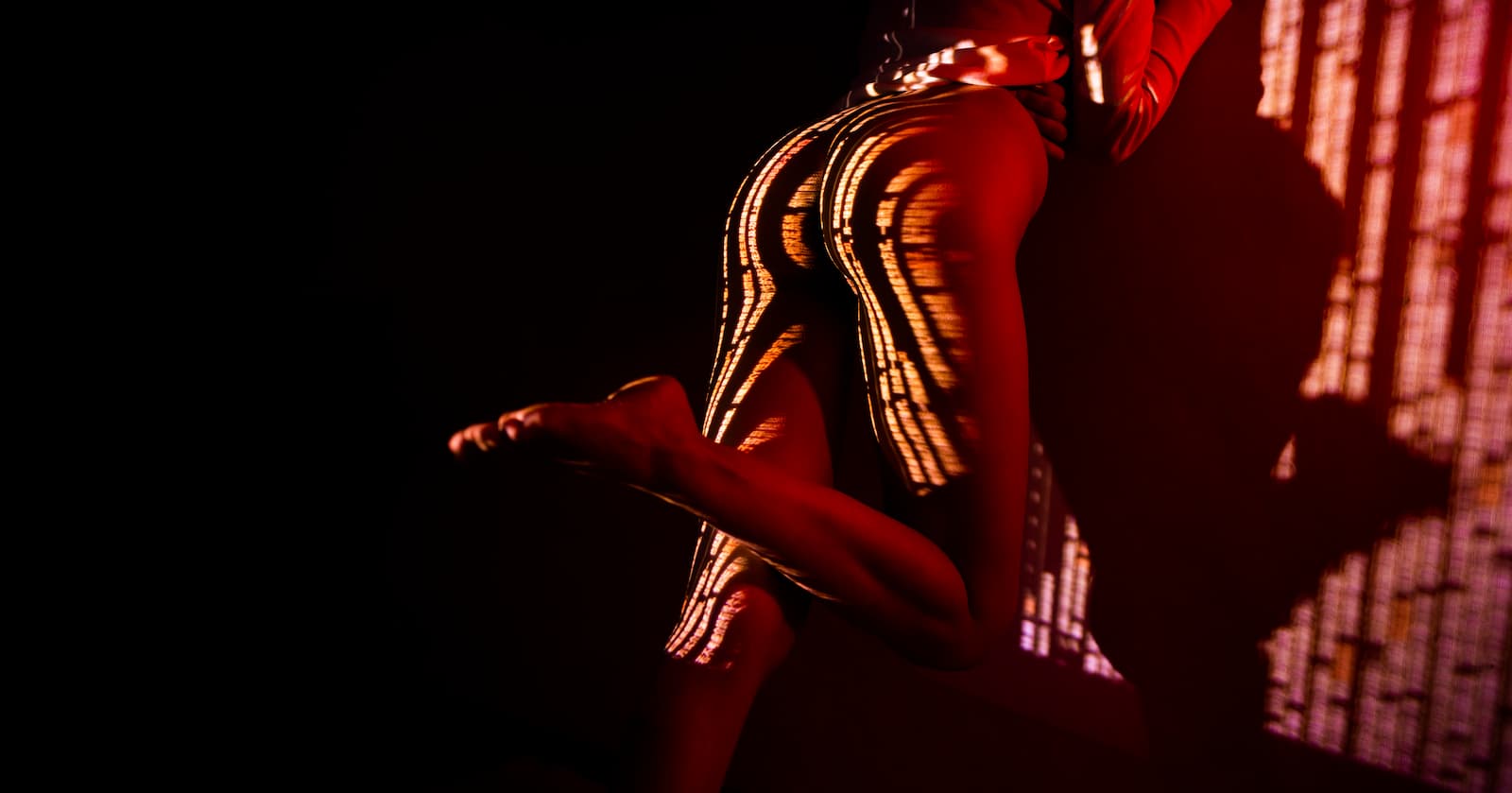Insecurities can significantly impact your dating life, affecting how you perceive yourself and how you interact with potential partners. These feelings of inadequacy or self-doubt can stem from past experiences, societal pressures, or internalized beliefs about your worth. However, overcoming insecurities is essential for building healthy, fulfilling relationships. This article explores how to identify and address insecurities, shares insights from escorts on helping clients build confidence and self-acceptance, and offers techniques for nurturing self-love despite the challenges of dating.
Identifying and Addressing Your Insecurities
The first step in overcoming insecurities is to identify them. Insecurities can manifest in various ways, such as constantly seeking validation from scarletblue.com.au, comparing yourself to others, or feeling unworthy of love and affection. These feelings often arise from deep-seated beliefs about your value or desirability, which may have been shaped by past relationships, childhood experiences, or societal messages.
Once you’ve identified your insecurities, the next step is to address them. This involves challenging the negative beliefs that underlie your insecurities and replacing them with more positive, affirming thoughts. For example, if you struggle with body image issues, remind yourself that attractiveness is subjective and that your worth is not determined by your physical appearance. Focus on the qualities that make you unique and valuable, such as your kindness, intelligence, or sense of humor.
It’s also important to understand that everyone has insecurities, even those who appear confident on the surface. Recognizing that insecurity is a common human experience can help you feel less isolated and more compassionate toward yourself. Remember that you are not alone in your struggles, and that it’s okay to have moments of self-doubt. The key is not to let these feelings define you or hold you back from pursuing the relationships and experiences you deserve.

How Escorts Help Clients Build Confidence and Self-Acceptance
Many clients come to escorts with feelings of inadequacy or low self-esteem, and through their interactions, escorts affirm the client’s worth and desirability. This validation can be incredibly powerful, especially for those who have struggled to see their own value. By consistently reinforcing positive qualities, escorts help clients shift their focus away from their perceived flaws and toward their strengths.
Escorts also model acceptance and authenticity, demonstrating that it’s possible to be both confident and imperfect. In their work, escorts often encourage clients to embrace their true selves, free from the fear of judgment or rejection. This emphasis on authenticity helps clients feel more comfortable in their own skin, knowing that they are valued for who they are, not just for who they think they need to be.
Additionally, escorts often engage in meaningful conversations with clients about self-worth and relationships. These discussions can provide clients with new perspectives on their insecurities and help them develop a healthier, more balanced view of themselves. By offering support and understanding, escorts empower clients to let go of self-doubt and embrace self-acceptance.
Techniques for Nurturing Self-Love Despite Dating Challenges
Nurturing self-love in the face of dating challenges requires intentional effort and a commitment to your well-being. Here are some techniques to help you maintain self-love, even when insecurities arise:
1. Practice Self-Compassion
Self-compassion involves treating yourself with the same kindness and understanding that you would offer a friend. When insecurities surface, acknowledge them without judgment and remind yourself that it’s okay to feel vulnerable. Speak to yourself in a gentle, supportive way, and avoid harsh self-criticism. Practicing self-compassion helps you build resilience and fosters a more loving relationship with yourself.
2. Focus on Personal Growth
Instead of viewing your insecurities as fixed traits, see them as opportunities for growth. Ask yourself what you can learn from your insecurities and how you can use them to become a stronger, more self-aware person. Engage in activities that promote personal development, such as reading, therapy, or pursuing new hobbies. By focusing on growth, you shift the narrative from one of inadequacy to one of empowerment.
3. Surround Yourself with Supportive People
The people you surround yourself with can greatly influence your self-perception. Choose to spend time with individuals who uplift, support, and encourage you to be your authentic self. A strong support network can help reinforce your self-worth and provide comfort during moments of insecurity. Don’t be afraid to lean on your loved ones when you need reassurance or guidance.
4. Set Boundaries in Relationships
Insecurity often leads to people-pleasing behaviors, where you prioritize others’ needs over your own in an attempt to gain approval. To counter this, practice setting and enforcing boundaries in your relationships. This might involve saying “no” when something doesn’t feel right, expressing your needs openly, or distancing yourself from toxic individuals. Setting boundaries is an act of self-love that protects your well-being and reinforces your value.
5. Celebrate Your Achievements
Take time to acknowledge and celebrate your accomplishments, no matter how small they may seem. Reflect on your strengths and the progress you’ve made in your personal journey. Celebrating your achievements helps build self-confidence and reminds you of your capabilities. It’s a way to affirm that you are worthy of love and success, both in your personal life and in relationships.
In conclusion, overcoming insecurities is a vital part of the dating process and an essential component of self-love. By identifying and addressing your insecurities, learning from the supportive practices of escorts, and implementing techniques to nurture self-love, you can navigate the challenges of dating with greater confidence and resilience. Remember, self-love is not about being perfect but about accepting yourself as you are and believing in your inherent worth.
